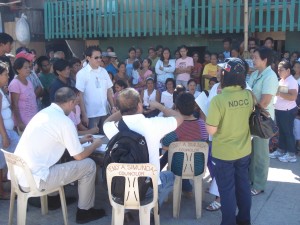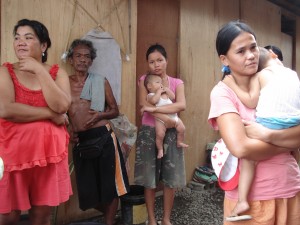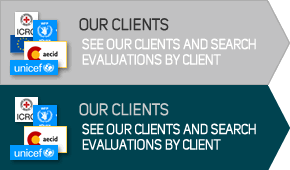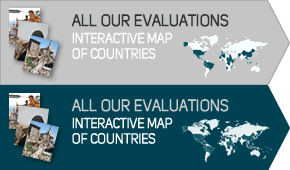October 22, 2010
DARA will publish a report in the following weeks on its Inter-Agency-Real-Time Evaluation (IA-RTE), commissioned by OCHA, of the humanitarian response to typhoons Ketsana and Parma, which swept through the Philippines in September and October 2009.
Lying on the Western Pacific typhoon belt and the north-western fringes of the Pacific Ring of Fire, the Philippines is among the most disaster prone countries in the world. DARA’s evaluation, sought to learn from the initial phases of the response and to identify lessons to enable field and headquarter staff to undertake corrective action as the response evolves.
The evaluation looked at the affected population throughout the entire cycle of displacement: people who remained, left, those who returned as well as those who were resettled.
This IA-RTE is the world’s fourth and takes place five years after the UN Humanitarian Reform. It questions the cluster approach in a middle income country.
UNICEF Asia-Pacific Country Offices regional training
Main findings
- Capacity: It is important to recognize that the Government of the Philippines has the capacity to manage the response, at both central and local levels and throughout the entire disaster management cycle, from the short-term response to the medium and long term.
- Joint needs assessments: Needs assessments were often carried out individually, without a coordinated analysis and common approach. This is a recurrent problem that the humanitarian system fails to address.
- Funding: Short-term, meeting basic relief needs. This highlights the difficulties of securing funding beyond immediate emergency relief efforts.
- Response: Overall, the international response was considered as supply-driven and reactive.
The report contains specific lessons learned about Real Time Evaluation processes, such as when and how to activate an RTE. It includes SMART (Specific, Measurable, Achievable, Result-oriented and Time-bound) recommendations on how to improve the response and similar future responses in middle income countries that are disaster hot spots. It is intended for decision-makers at both headquarters and field level, including the Inter-Agency Standing Committee, the humanitarian organizations, the Philippines government, donors and the wider international and local humanitarian communities.
The evaluation took place in The Philippines. A series of interviews and workshops were held with key national and international stakeholders. The main findings and recommendations were shared at national level with the Government of the Philippines, the Humanitarian Country Team (HCT), and at regional level with inter-agency representatives present in Bangkok, Thailand. Debriefings later were held in headquarters, both in Geneva and New York.
The final draft is being commented by the Humanitarian Country Team.






Share this